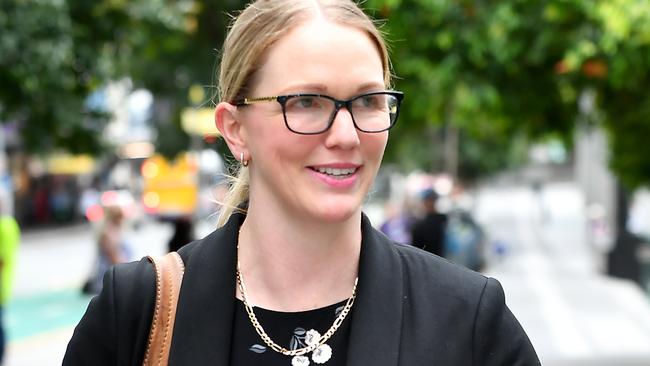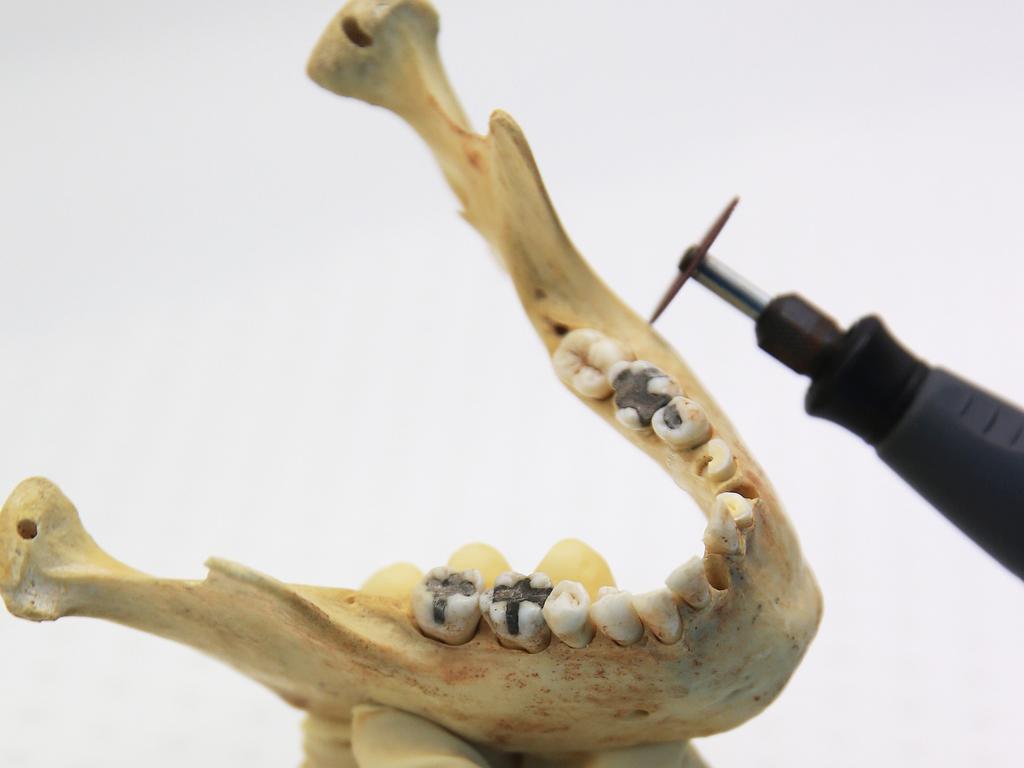Sums don’t add up at troubled Queensland DNA lab
Mathematical and statistical errors are rife at Queensland’s DNA laboratory, and scientists have been told not to contact interstate colleagues, an inquiry has heard.

Mathematical and statistical errors are rife at Queensland’s troubled DNA laboratory, a commission of inquiry has heard.
The laboratory was also writing off crime scene samples as “no DNA detected” without any evidence that the claim was true, reporting scientist Rhys Parry told the inquiry, sparked by The Australian’s investigative podcast Shandee’s Story.
In other evidence on Wednesday, the inquiry was told scientists were ordered not to talk to interstate counterparts, preventing them from troubleshooting.
Mr Parry, who has worked in the lab since 2006, was its most qualified person in statistics and experiment design, although he gained his qualifications in his own time without the lab’s support.
He told the inquiry he believed the lab’s decision to tell police “no DNA detected” on certain samples was incorrect.
The lab told police “no DNA detected” if initial testing showed a DNA level below .001 nanograms per microlitre, despite the ability to obtain usable profiles from this range.
“To my mind it’s not ‘no DNA’,” Mr Parry said.
“We’ve never explored that range … never looked below that level. If DNA is still detected … that’s still detectable DNA.”
Mr Parry said the lab needed a team of people with experience in designing experiments, with the ability to have their work cross-checked by independent experts.
“They need to be independent of management so that the science can be done as the science needs to be done, rather than the way it seems to be done now,” he said. “The science is not being done properly. I don’t think a lot of the projects that we have meet NATA (National Association of Testing Authorities) requirements for repeatability and reproducibility. There are a lot of mathematical errors being made, statistical errors being made.”
Mr Parry also said the lab was not validating its results with proper experiments to ensure their testing equipment was properly calibrated. “Validation” is one of the lab’s own requirements for using its instruments and processes correctly.
The culture at the lab was “quite misogynistic”, with female staff frequently telling him they were frustrated about being denied flexible working arrangements, he said.
Earlier, scientist Alicia Quartermain said she believed bosses punished her for raising scientific problems by denying her requests for flexible working hours.
Reporting scientist Emma Caunt told the inquiry that team manager Justin Howes told her not to contact other laboratories.
Ms Caunt said she was also specifically told not to contact one expert, Duncan Taylor, “because South Australia didn’t want him contacted all the time by people”.
Dr Taylor, the principal scientist for forensic statistics at Forensic Science SA, had since told her at a conference that she could contact him.
“Up until I spoke to Dr Taylor at the conference in September, I didn’t feel like I could contact anybody outside the lab,” Ms Caunt said.
“That impacts my ability to do my job. That leaves me stuck with ’Well this is my opinion, but I don’t know if my opinion is backed up by anybody else’.”
Mr Howes also told her not to contact STRmix – producers of software that allows DNA to be analysed and interpreted – “because it costs money”.
Mr Howes had to be asked before STRmix was contacted.
When the lab introduced an unusually high DNA threshold for samples to be tested in February 2018, Ms Caunt raised concerns internally that vital evidence would be missed, the inquiry has been told.
She cited at the time a sexual assault case where a DNA profile of the defendant on the victim’s underwear – the only sample supporting the allegation – would have been missed if the threshold had been in place.
The concerns of Ms Caunt and her colleagues were ignored, and the threshold was in place for more than four years until The Australian’s investigations into the lab forced its removal in June.





